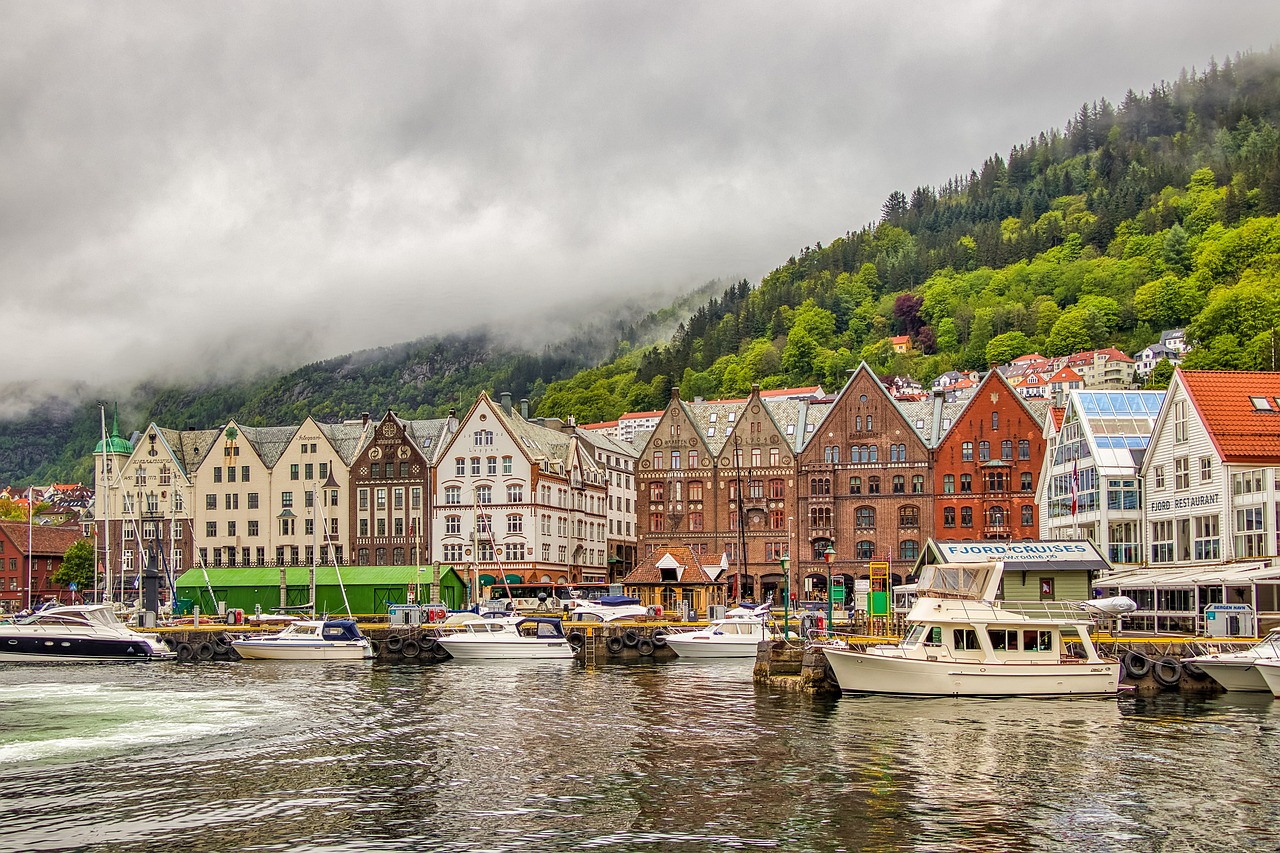Norway Video
Language and Communication: Overcoming Barriers in Norway
Language and communication play crucial roles in our daily lives, allowing us to express ourselves, share information, and connect with others. In Norway, a country known for its stunning landscapes and vibrant culture, language barriers can sometimes pose challenges for both locals and visitors. However, with a strong emphasis on education, a diverse range of language resources, and a welcoming attitude towards multiculturalism, Norway has developed effective strategies to overcome these barriers and foster effective communication. This article explores the various aspects of language and communication in Norway and highlights the initiatives taken to bridge the gap between different languages and cultures.
Language Diversity in Norway
Norway is a linguistically diverse country, with Norwegian being the official language. However, there are also several recognized minority languages, including Sami, Kven, Romani, and Norwegian Sign Language. The presence of these minority languages reflects Norway’s commitment to linguistic diversity and inclusivity. Moreover, English is widely spoken and understood throughout the country, making it easier for non-Norwegian speakers to communicate.
- Sami: The Sami language is spoken by the indigenous Sami people in Northern Norway. Efforts have been made to revitalize and preserve the Sami language through education and cultural initiatives.
- Kven: Kven is a Finnic language spoken by the Kven people, who are of Finnish descent. It is primarily spoken in Northern Norway.
- Romani: Romani is the language of the Romani people, an ethnic minority in Norway. It is an Indo-Aryan language that has its roots in the Indian subcontinent.
- Norwegian Sign Language: Norwegian Sign Language (NSL) is the sign language used by the deaf community in Norway. It is officially recognized and supported by the government.
Language Education and Integration
Norway places great importance on language education and integration, aiming to provide equal opportunities for all residents to learn and communicate effectively.
- Norwegian Language Courses: The government offers Norwegian language courses for immigrants and refugees to facilitate their integration into Norwegian society. These courses are designed to improve language skills and promote cultural understanding.
- Education System: The Norwegian education system emphasizes multilingualism and offers language learning opportunities from an early age. English is taught as a second language in schools, enabling students to develop proficiency in both Norwegian and English.
- Support for Minority Languages: Efforts are made to support and promote minority languages in education, ensuring that students have access to education in their native language.
Translation and Interpretation Services
To overcome language barriers, Norway provides translation and interpretation services in various settings, including government institutions, healthcare facilities, and legal proceedings.
- Public Services: Government agencies and institutions offer translation services to assist non-Norwegian speakers in accessing public services and information.
- Healthcare: Hospitals and healthcare facilities employ interpreters to ensure effective communication between healthcare professionals and patients who do not speak Norwegian.
- Legal System: Courts and legal authorities provide professional interpreters to guarantee fair and accurate communication during legal proceedings.
Promoting Multiculturalism and Inclusion
Norway embraces multiculturalism and strives to create an inclusive society where individuals from diverse backgrounds can thrive.
- Cultural Events and Festivals: Norway hosts various cultural events and festivals that celebrate the diversity of its population. These events provide platforms for cultural exchange and understanding.
- Community Integration Programs: Local communities organize integration programs to facilitate the inclusion of immigrants and refugees. These programs promote social interaction and language learning.
- Workplace Diversity: Norwegian workplaces encourage diversity and inclusivity, fostering an environment where employees from different cultural backgrounds can contribute their unique perspectives.
Overcoming Language Barriers in Tourism
As a popular tourist destination, Norway has implemented measures to ensure that visitors can overcome language barriers and fully enjoy their travel experiences.
- English Proficiency: Many Norwegians working in the tourism industry are proficient in English, allowing them to communicate effectively with international tourists.
- Multilingual Information: Tourist information centers, websites, and brochures provide information in multiple languages, making it easier for tourists to navigate and explore Norway.
- Translation Apps and Services: With the advancements in technology, translation apps and services are widely available, enabling tourists to communicate and understand basic information in Norwegian.
Norway Image 1:

Preserving Indigenous Languages
Norway recognizes the importance of preserving indigenous languages and works towards their revitalization and maintenance.
- Sami Language Education: Schools in Sami areas offer education in the Sami language, ensuring the transmission of cultural and linguistic heritage to younger generations.
- Cultural Centers: Cultural centers dedicated to indigenous languages and cultures provide resources, language courses, and cultural events to promote awareness and understanding.
- Media and Literature: Indigenous languages are promoted through media platforms, literature, and artistic expressions, helping to preserve their vitality.
Norway Image 2:

Accessible Communication for the Deaf Community
Norway prioritizes accessibility for the deaf community, ensuring effective communication and equal opportunities.
- Sign Language Interpreters: Sign language interpreters are available in various settings, including educational institutions, workplaces, and public events, enabling deaf individuals to participate fully.
- Subtitling and Captioning: Television programs, movies, and online content are often subtitled or captioned in Norwegian Sign Language, making them accessible to the deaf community.
- Deaf Organizations: Organizations dedicated to the deaf community provide support, advocacy, and resources for deaf individuals and their families.
Enhancing Digital Communication
Digital platforms and technologies have played a significant role in bridging language barriers in Norway.
- Translation Services: Online translation services and apps facilitate instant translation between different languages, making communication more accessible and efficient.
- Social Media and Online Communities: Social media platforms and online communities provide spaces for individuals from diverse backgrounds to connect, share experiences, and communicate in their preferred language.
- Language Learning Apps: Mobile applications offer language learning courses and resources, allowing individuals to learn Norwegian or other languages at their own pace.
Norway Image 3:

Conclusion
Norway’s commitment to language diversity, education, and inclusion has enabled the country to overcome language barriers effectively. Through language courses, translation services, cultural initiatives, and technological advancements, Norway has created an environment where effective communication is possible for all residents and visitors. By embracing multiculturalism and preserving indigenous languages, Norway continues to foster a society that values linguistic diversity and promotes understanding among its diverse population.
References
– Norwegian Ministry of Education and Research: www.regjeringen.no/en/dep/kd/id833/
– Sami Language Act: www.lovdata.no/dokument/NL/lov/1987-06-12-56
– Norwegian Sign Language Council: www.tekstlab.uio.no/norsk-tegnsprak
– Language and Integration Act: www.lovdata.no/dokument/NL/lov/2005-06-24-044
– Norwegian Language Council: www.sprakradet.no/en/
– Norway Travel Guide: www.visitnorway.com


